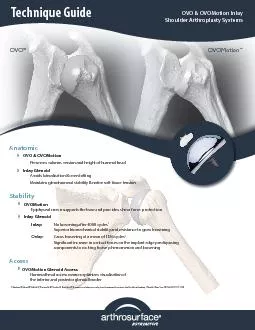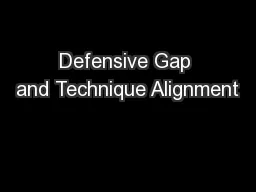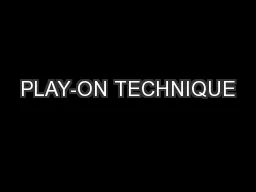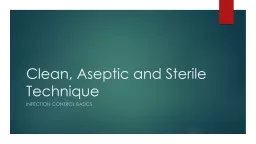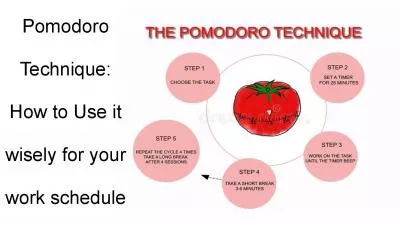PDF-Technique GuideOVOMotion
Author : willow | Published Date : 2020-11-24
OVO OVOMotion InlayShoulder Arthroplasty Systems Anatomic OVO OVOMotionPreserves volume version and height of humeral head Inlay GlenoidAvoids lateralization
Presentation Embed Code
Download Presentation
Download Presentation The PPT/PDF document "Technique GuideOVOMotion" is the property of its rightful owner. Permission is granted to download and print the materials on this website for personal, non-commercial use only, and to display it on your personal computer provided you do not modify the materials and that you retain all copyright notices contained in the materials. By downloading content from our website, you accept the terms of this agreement.
Technique GuideOVOMotion: Transcript
Download Rules Of Document
"Technique GuideOVOMotion"The content belongs to its owner. You may download and print it for personal use, without modification, and keep all copyright notices. By downloading, you agree to these terms.
Related Documents

